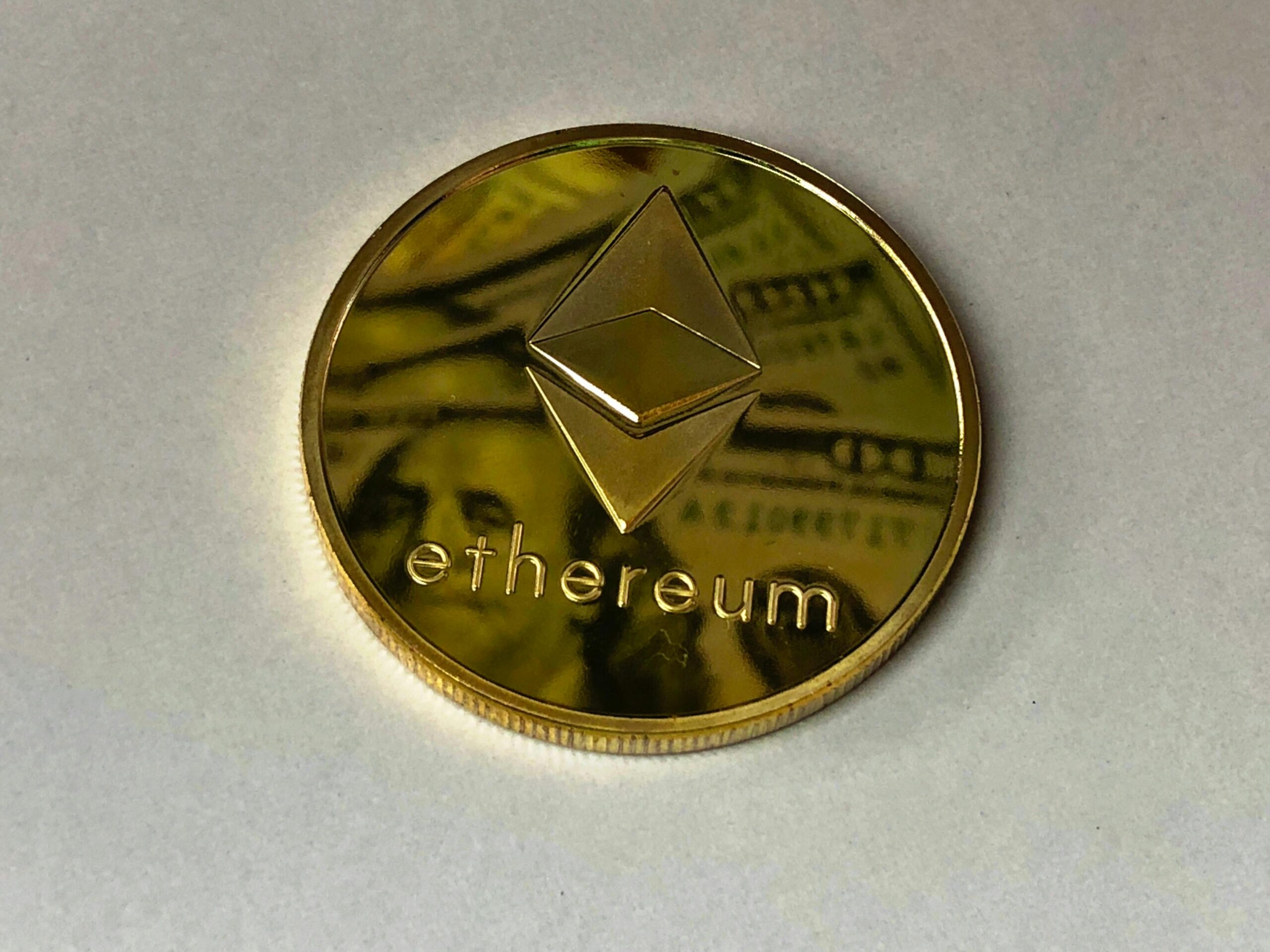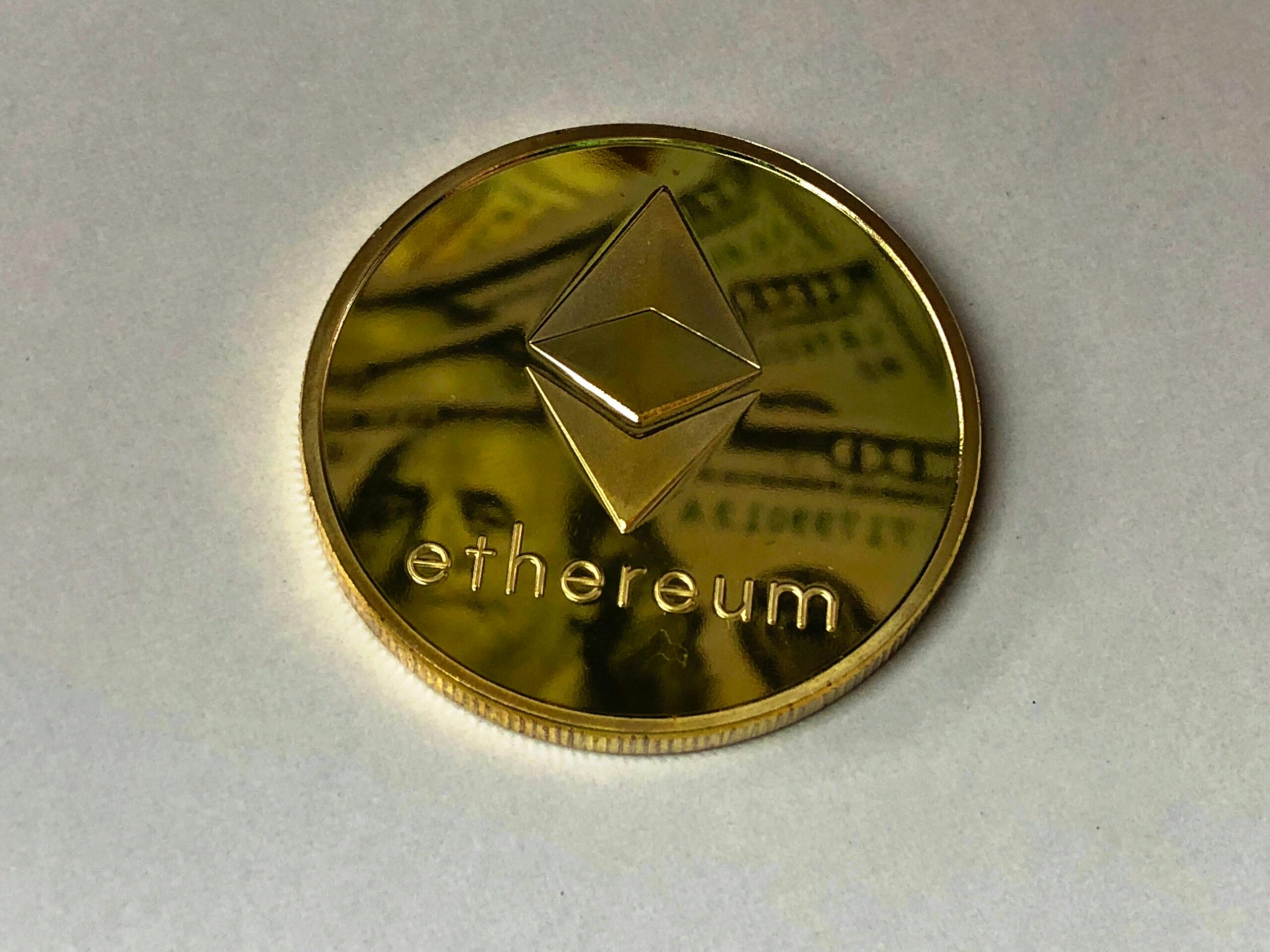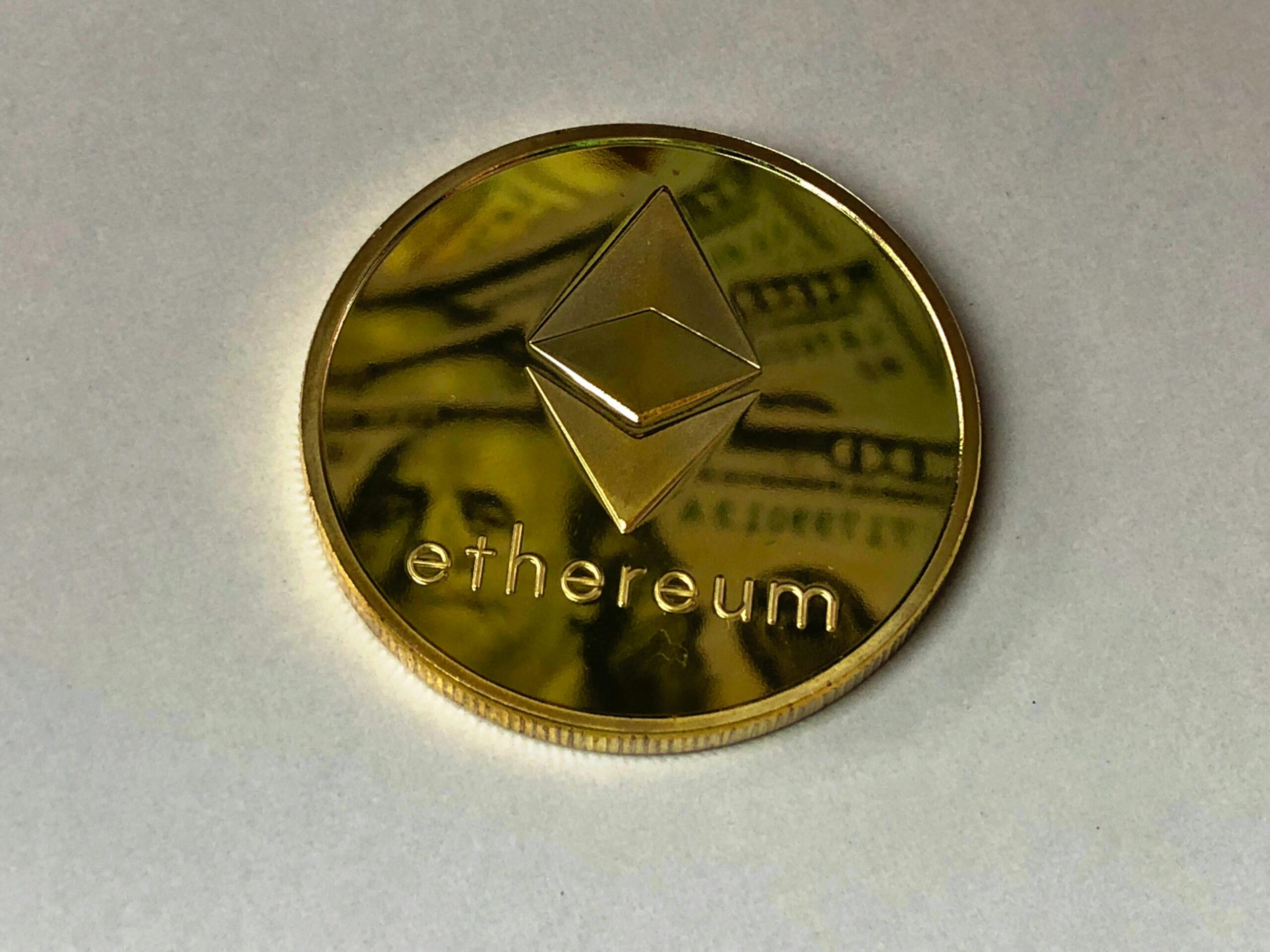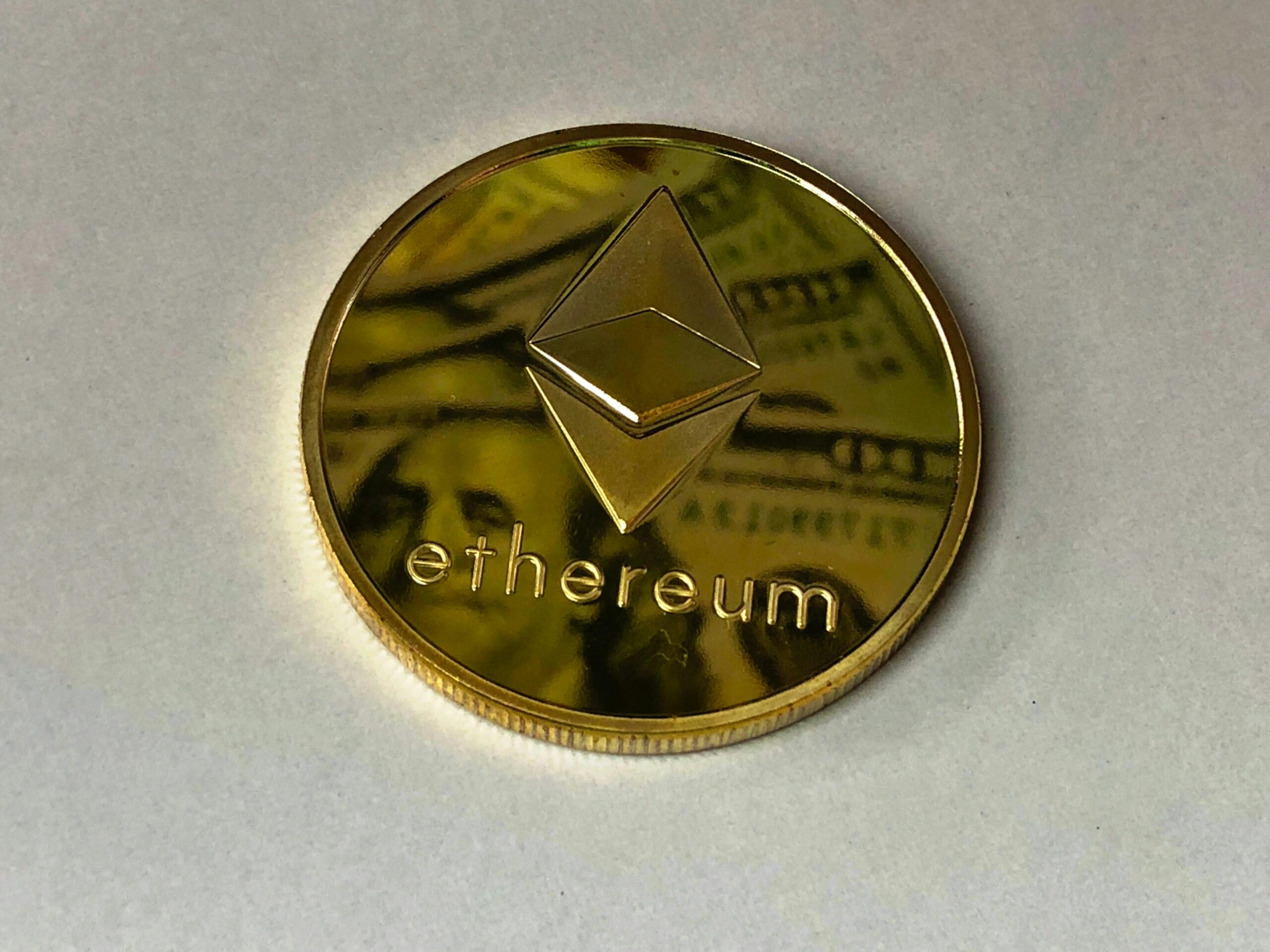
As we delve into the world of blockchain and cryptocurrencies, one of the most fascinating aspects is how this technology ensures security and trust without relying on intermediaries. To understand this concept, let’s break down the fundamental principles of blockchain and explore its components that make it a secure and trustworthy system.
At its core, blockchain is a decentralized digital ledger that records transactions across a network of computers in a transparent and tamper-proof manner. This ledger is maintained by a network of nodes rather than a single central authority, which makes it resistant to censorship and manipulation. The decentralized nature of blockchain eliminates the need for intermediaries such as banks, governments, or other third-party institutions.
One of the key features that enables security in blockchain is cryptography. Transactions on a blockchain are encrypted using advanced cryptographic algorithms, making them virtually unreadable to unauthorized parties. When a new transaction is made, it is broadcast to the network, where it is verified by special nodes called miners using complex mathematical problems. Once verified, the transaction is combined with other transactions in a batch called a block and added to the blockchain ledger.
The process of adding a new block to the chain involves a critical component that ensures security: consensus mechanisms. In essence, these mechanisms ensure that all nodes on the network agree on the state of the blockchain, preventing any single entity from manipulating the data. There are several types of consensus mechanisms, including Proof of Work (PoW), Proof of Stake (PoS), and Delegated Proof of Stake (DPoS). For instance, in PoW systems like Bitcoin, miners compete to solve complex mathematical puzzles, which requires significant computational power. The first miner to solve the puzzle gets to add a new block to the chain and is rewarded with newly minted cryptocurrency.
The consensus mechanism ensures that once a transaction has been added to the blockchain, it cannot be altered or deleted. This immutability is achieved through the use of hash functions, which are one-way mathematical operations that reduce input data of any size to a fixed-size string of characters. Each block in the chain contains a unique hash that not only identifies its contents but also links to the previous block’s hash, creating an irreversible and unalterable sequence of blocks.
This chain of blocks makes it extremely difficult for anyone to alter historical transactions, as doing so would require recalculating the hashes for all subsequent blocks. Moreover, since every node on the network has a copy of the blockchain, any attempt to manipulate data would be quickly identified and rejected by the network, ensuring that the integrity of the ledger is maintained.
Another factor contributing to the security and trustworthiness of blockchain is its transparency. All transactions conducted on a public blockchain are visible for anyone to see, reducing the need for intermediaries who traditionally provide assurance through their reputation or regulatory oversight. This openness also enables users to verify the history of any transaction, fostering trust among network participants.
The concept of smart contracts further enhances security and trust in blockchain systems. Smart contracts are self-executing computer programs that automatically enforce the rules and consequences of an agreement when certain conditions are met. They eliminate the need for intermediaries by automating transactions and ensuring that all parties adhere to the agreed terms, thus minimizing disputes.
In summary, blockchain ensures security and trust without intermediaries through its decentralized architecture, cryptographic encryption, consensus mechanisms, immutability via hashing, transparency, and smart contracts. These components work in harmony to create a robust system where data integrity is paramount, and manipulation is virtually impossible. This not only makes blockchain technology appealing for financial transactions but also opens up possibilities for applications across various sectors requiring secure, trustworthy data management.
As we continue our exploration of blockchain and cryptocurrencies, it becomes evident that the absence of intermediaries does not undermine security; instead, it empowers a network of users to maintain and verify transactions in a transparent and reliable manner. This paradigm shift from traditional centralized systems to decentralized models promises to redefine how trust and security are perceived and implemented in digital ecosystems.
Understanding blockchain’s ability to ensure security and trust without intermediaries is crucial as we move towards integrating this technology into various aspects of our lives, including finance, supply chain management, identity verification, and beyond. By grasping these concepts, we can better appreciate the potential of blockchain to transform how we conduct transactions and manage data securely in a decentralized world.










